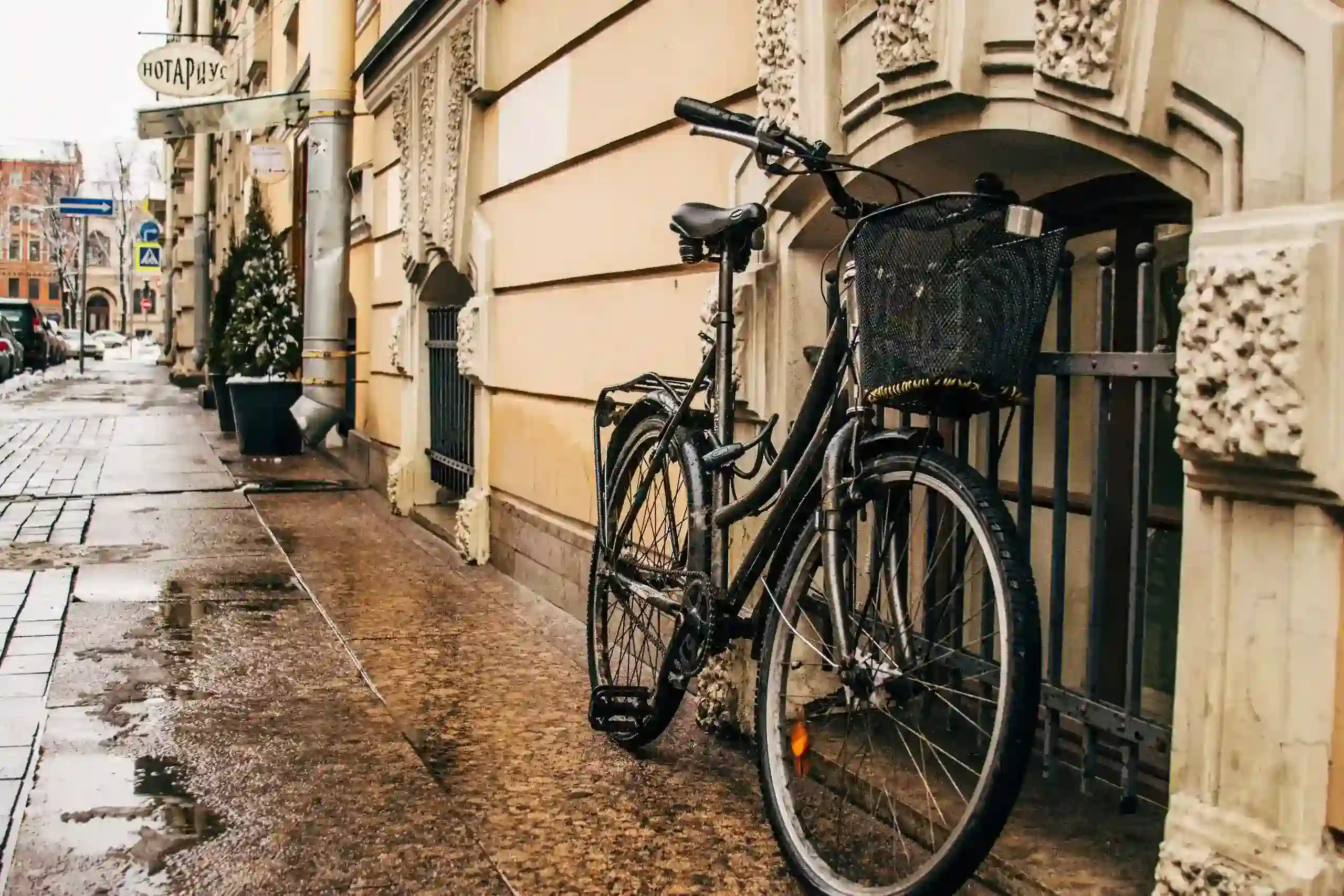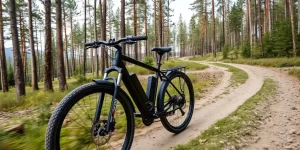UNDERSTANDING THE WATERPROOF CAPABILITIES OF E-BIKES: WHAT YOU NEED TO KNOW
The introduction of e-bikes into the transportation sector has been a game-changer, swiftly garnering attention due to their ease of use and versatility.
The growing popularity of e-bikes derives from their myriad benefits and infinite applications, including commuting, exercise, cargo carrying, and recreation.
These electric-powered two-wheelers embody the fusion of technology and sustainability, catering to a cross-section of demographics – from fitness enthusiasts and daily commuters to those with mobility issues.
READ MORE: E-BIKE MOTORS: ALL YOU NEED TO KNOW ABOUT THEM
ARE E-BIKES WATERPROOF?
E-bikes are water-resistant, but not waterproof. A little bit of water is fine, but long-term exposure can cause serious problems.
If you’re planning to ride your e-bike in the rain, it’s important to take steps to protect it from water damage. We will be touching on some ways to make sure your e-bike stays safe when biking in the rain.
READ MORE: ELECTRIC BICYCLES: REVOLUTIONIZING COMMUTES
Benefits and applications of E-Bikes
E-Bikes are becoming increasingly popular due to their numerous advantages. They are an efficient and eco-friendly means of transportation, perfect for commuting in cities or for leisure rides in the countryside.
They require less effort than regular bikes, making them a great choice for the elderly, those with physical limitations, and anyone who wants to get active with less strain.
Waterproofing in E-Bikes: An Overview
For riders who frequently travel in rainy or wet conditions, the waterproof feature in E-Bikes is of the utmost importance.
This feature protects the electronic components of the bike, ensuring it operates safely and effectively even in adverse weather conditions.
The Technology Behind Water-resistant E-Bikes
Waterproof E-Bikes feature special design components and materials that seal off the electronic parts from water. For instance, the E-bike’s battery and motor will often be encased in a waterproof casing to prevent water ingress.
The controller and other electronic parts are routinely coated with a waterproof material to fend off any moisture.
How waterproof standards are measured and classified
Waterproof E-bikes are usually rated using the International Protection Marking (IP Code), a system that classifies the degree of protection against intrusion from foreign bodies, such as water and dust.
A bike with a higher IP rating is more resistant to water damage than one with a lower rating.
Preventative measures and proper care to keep your E-Bikes water-resistant
Maintaining a waterproof E-Bike involves some preventative measures to ensure longevity and sustained protection. Regular cleaning to remove dirt and grime can prolong the life of the waterproofing materials.
Also, checking seals for wear and tear periodically can help detect potential issues before they cause significant problems.
How to Make Sure My E-Bike Stays Water-Resistant?
To ensure that your e-bike stays waterproof, you can follow these steps:
1. Clean your e-bike before applying any waterproofing measures. It is essential to clean your e-bike thoroughly before waterproofing any part of it. Use a wet rag and an appropriate soap on the parts you plan to waterproof. That way, you will not cause any harm to your e-bike components.
2. Dry your e-bike completely. Once you have finished thoroughly cleaning the components of the e-bike you wish to waterproof, it is imperative you dry them thoroughly. If not, rust or corrosion can occur, which can significantly decrease the lifespan of your electric bike.
3. Identify the IP ratings of your e-bike and its electrical components. An IP rating, or ingress protection, is the level to which an enclosure protects an electrical system. The rating signifies how effectively an enclosure prevents the electrical system from “ingress” or foreign substances, like water. With IP ratings, the higher, the better.
4. Choose between a sealant or a cover. You can use sealant spray to create a thin protective layer between your bike’s frame and water. Alternatively, you can cover any damaged areas or gaps on the bike’s frame with waterproofing tape.
5. Seal your electric bike’s motor from moisture. We recommend waterproofing your e-bike’s motor by using a sealant/anti-rust and corrosion spray like Corrosion X.
6. Waterproof your electric bike’s battery and controller from moisture. Enclose the controller and its wires into a waterproof case or box. Use heat-shrink tubing to waterproof any damaged wires.
Conclusion: Making an Informed Decision on a Waterproof E-Bike
Recap of the importance of understanding the waterproof capabilities of E-Bikes
As more and more individuals opt to use E-Bikes for their daily commutes or weekend adventures, understanding their waterproof capabilities is essential.
This knowledge ensures that your E-Bike remains durable, efficient, and safe, no matter the weather condition.
Final thoughts on selecting and maintaining a waterproof E-Bike
Choosing the right waterproof E-Bike requires a careful evaluation of several factors including the IP rating, the bike’s design, and its aesthetic appeal.
Proper maintenance is also crucial to ensure the longevity of your investment. After all, a well-maintained E-Bike is a long-term companion for your ecological, healthy, and enjoyable rides.
To conclude, understanding the waterproofing attributes of E-Bikes is a vital element to consider as you choose this increasingly popular mode of transport.
Not only do these bikes offer countless benefits and broad-ranging functionality, but their structural integrity can also be maintained under a variety of weather conditions.
Considering the growing popularity of E-Bikes, understanding the waterproof features empowers the users to make the most out of their e-ride under unpredictable weather circumstances.








